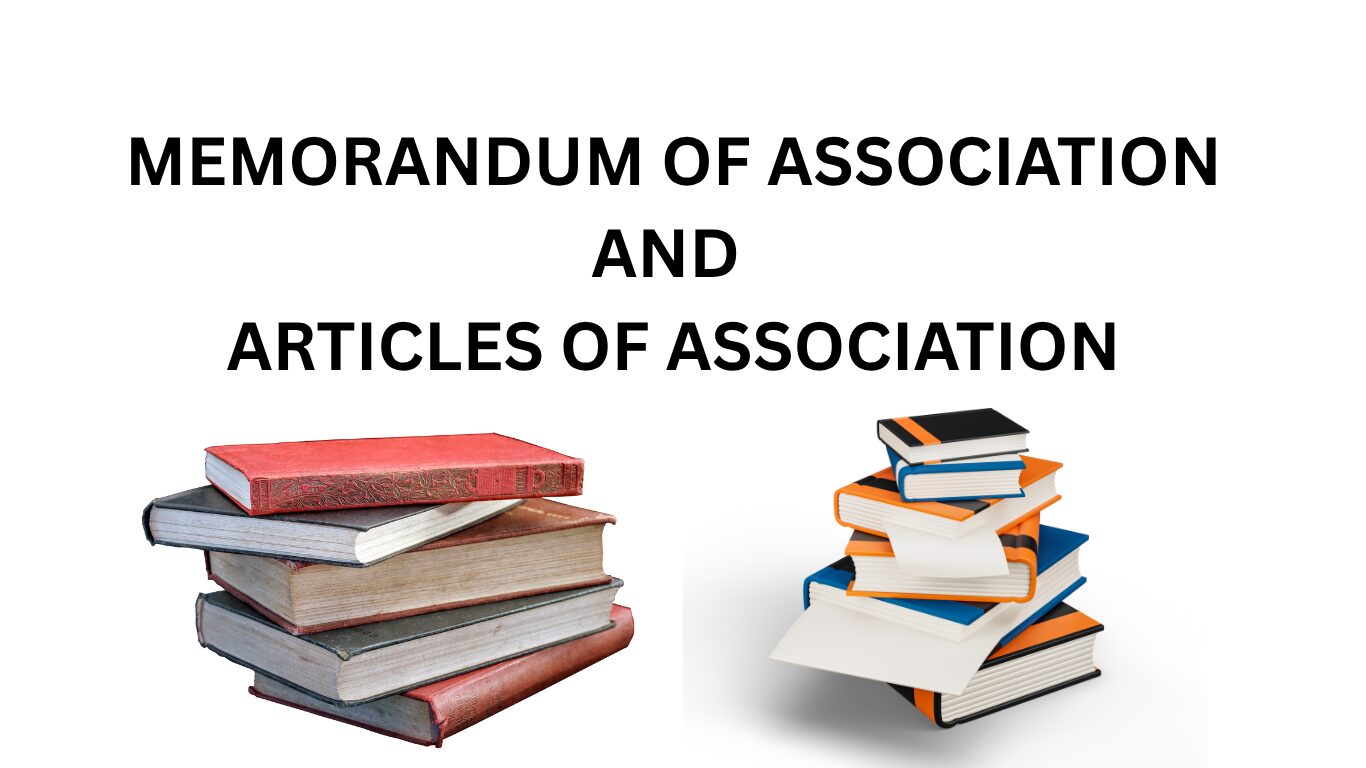The Memorandum of Association (MoA) and Articles of Association (AoA) are core documents required for registering a company in Nigeria. Prepared in line with the Companies and Allied Matters Act (CAMA) 2020, they must be submitted to the Corporate Affairs Commission (CAC) during incorporation. These documents act as the company’s constitution, establishing its legal identity, outlining its relationship with third parties, and setting the rules for internal management.
The MoA defines the company’s objectives and the scope of its operations, while the AoA sets out the framework for corporate governance, including shareholders’ rights, directors’ responsibilities, and procedures for meetings. Together, they form the legal foundation for all corporate actions and apply to both private and public companies.
In this article, we discuss how to draft the perfect Memorandum and Articles of Association, and what they should contain.
Overview of Memorandum of Association
A Memorandum of Association is a foundational legal document that forms the charter of a Nigerian startup. It is created at the point of incorporation and signed by the initial subscriber(s). It plays several key roles, including establishing the company’s legal identity and basic structure, and defining its objectives, powers, and the limits of its activities.
It also helps investors understand the company’s purpose, powers, rights, capital structure, and liabilities. Any activity outside what is written in the MoA is considered ultra vires (beyond the company’s powers) and is therefore invalid.
Contents of a Memorandum of Association
The MOA contains the following clauses:
a. Name Clause
States the official name of the company. Private companies must end with “Limited,” public companies with “Plc,” and companies limited by guarantee with “Gte.
b. Registered Office Clause
Indicates the location of the company’s registered office in Nigeria.
c. Object Clause
Defines the aims and objectives of the company and lists the activities it is permitted to carry out. Anything outside this scope is considered ultra vires (beyond its legal power).
d. Liability Clause
Specifies whether members’ liability is limited or unlimited. For companies limited by shares, liability is limited to any unpaid portion of their shares.
e. Capital Clause
Outlines the company’s authorized share capital and the value of each share. Private companies require a minimum of ₦100,000, while public companies require at least ₦2,000,000.
f. Association Clause
Contains a declaration by the subscribers expressing their intention to form the company and take up their allotted shares. Any shares held in trust must be disclosed.
g. Companies Limited by Guarantee (if applicable)
For such companies, the MOA states that profits are not distributed but used for charitable, educational, or similar purposes. It also specifies members’ liability in the event of winding up.
These components collectively define the company’s purpose, structure, and the responsibilities of its members, ensuring clarity and compliance with Nigerian corporate law.
Overview of Articles of Association (AoA)
The Articles of Association (AoA) set out the internal rules, structures, and procedures that guide how a company is managed and operated. It acts as the company’s internal “constitution,” outlining the rights and responsibilities of members, directors, and other stakeholders. Key components include:
1. Share Capital and Variation of Rights
This section explains the types of shares the company can issue (ordinary, preference, etc.) and the procedures for increasing, reducing, or modifying share capital. It also outlines how shareholder rights can be varied.
2. Membership
Here, the rules regarding who can become a member of the company are provided, including the conditions for admission, rights and obligations of members, and procedures for transferring or terminating membership.
3. Board of Directors
This part addresses the structure of the board, qualifications, appointment and removal of directors, their powers, duties, responsibilities, and how the board conducts business.
4. Meetings
The AoA outlines how meetings are conducted, including Annual General Meetings (AGMs), Board Meetings, and Extraordinary General Meetings (EGMs). It specifies notice requirements, quorum, agenda, and procedures for holding physical or virtual meetings.
5. Voting Procedures
This section states how decisions are made within the company, including voting methods, the voting rights of each class of shares, proxy voting, and resolution procedures.
6. Dividends and Reserves
The rules for declaring and distributing dividends are provided here. It also outlines how profits are to be allocated to reserves and how those reserves may be used.
Steps to Draft Your Memorandum of Association for Your Nigerian Start-Up
1. Choose the Company Structure
Decide the type of company you want to register, such as a private limited company, public limited company, or unlimited company. The structure you choose will influence the content and style of your documents, especially in areas like share capital, governance, and membership requirements.
2. Select a Name Clause
Select a unique and acceptable company name and get it approved by the Corporate Affairs Commission (CAC).
3. Registered Office Clause
Indicate the state and full address of the company’s registered office where official communications will be directed.
4. State the Object Clause
Outline the main and ancillary business objectives of the company. These should be clear, specific, and broad enough to allow for growth without causing legal ambiguity.
5. Liability Clause
State whether the liability of members is limited by shares, limited by guarantee, or unlimited.
6. State the Share Capital Clause
Specify the company’s authorized share capital, the number and classes of shares, the nominal value of each share, and how the capital is divided among shareholders.
7. Association Clause
Provide a declaration by the company’s initial subscribers confirming their intention to form the company and stating how many shares they agree to take.
Steps to Draft Your Articles of Association
1. Company Details
Restate the company’s registered name, structure (e.g., private limited), and any key organizational information.
2. Share Structure
Describe the classes of shares, voting rights attached to each class, procedures for transferring or issuing shares, and any conditions or restrictions.
3. Shareholder Meetings
Set out rules for holding Annual General Meetings (AGMs) and other meetings, including notice periods, quorum requirements, voting methods, and resolution procedures.
4. Board of Directors
Outline the roles, duties, powers, qualifications, and removal processes for directors. Include provisions on board meetings and decision-making.
5. Officer Appointments
Specify the appointment and responsibilities of key officers like the Managing Director, Chief Executive Officer, or Company Secretary.
6. Company Powers and Restrictions
Include any internal limitations on the company’s authority, provided they comply with CAMA and do not contradict the MoA.
After completing the documents above, the next step is to register the company with the CAC. This involves preparing all necessary incorporation documents, including the M&A, the details of directors and shareholders, the statement of share capital, and the company’s registered addresses.
Once these documents are ready, you must file the incorporation application either online or at a CAC office, ensuring that all required information is accurately provided. At this stage, valid means of identification for all directors and shareholders must be uploaded.
In summary, drafting a company’s Memorandum and Articles of Association requires a careful understanding of the law and a clear alignment with the company’s goals. With a skilled legal team guiding the process, businesses can ensure that their documents are accurate, comprehensive, and fully compliant with the law.



















